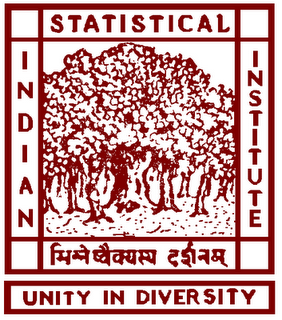




Abstract
Re-balancing the Second order Stochastic Dominance Portfolio for Indian Stock Market
by
Amita Sharma
Re-balancing acquires new information in the portfolio so as to perform better in the dynamic environment. However, every time we do the re-balancing, it costs us with some charges known as trading cost or the transaction cost ignoring which leads to an overestimated return to an investor. In this work, we extend the second order stochastic dominance (SSD) portfolio optimization model to incorporate the transaction cost for the Indian stock market. The three major components of cost of trading in the Indian stock market are user charges (brokerage fees, exchange transaction charges and DP chargers), impact cost and statutory levies (STT, service tax on brokerage, stamp duty etc.). Unlike the other costs, the mechanism of charging brokerage cost (service commission) vary broker to broker in the Indian stock market where the upper limit is set under the SEBI guidelines. Broadly, there are two types of the brokers in India, discount brokers and full service brokers. We extend the standard SSD model for two Indian brokers as example, one is Sharekhan (a type of full service broker) and second is Zerodha (a type of discount broker). The resulting model is linear program for the Sharekhan broker whereas it is the integer program for the
Zerodha broker. Results are presented for the solution of Sensex 30, a benchmark index of the BSE India.
Committee
Workshop
Key Dates
Communication
First Conference Link
Second Conference Link









